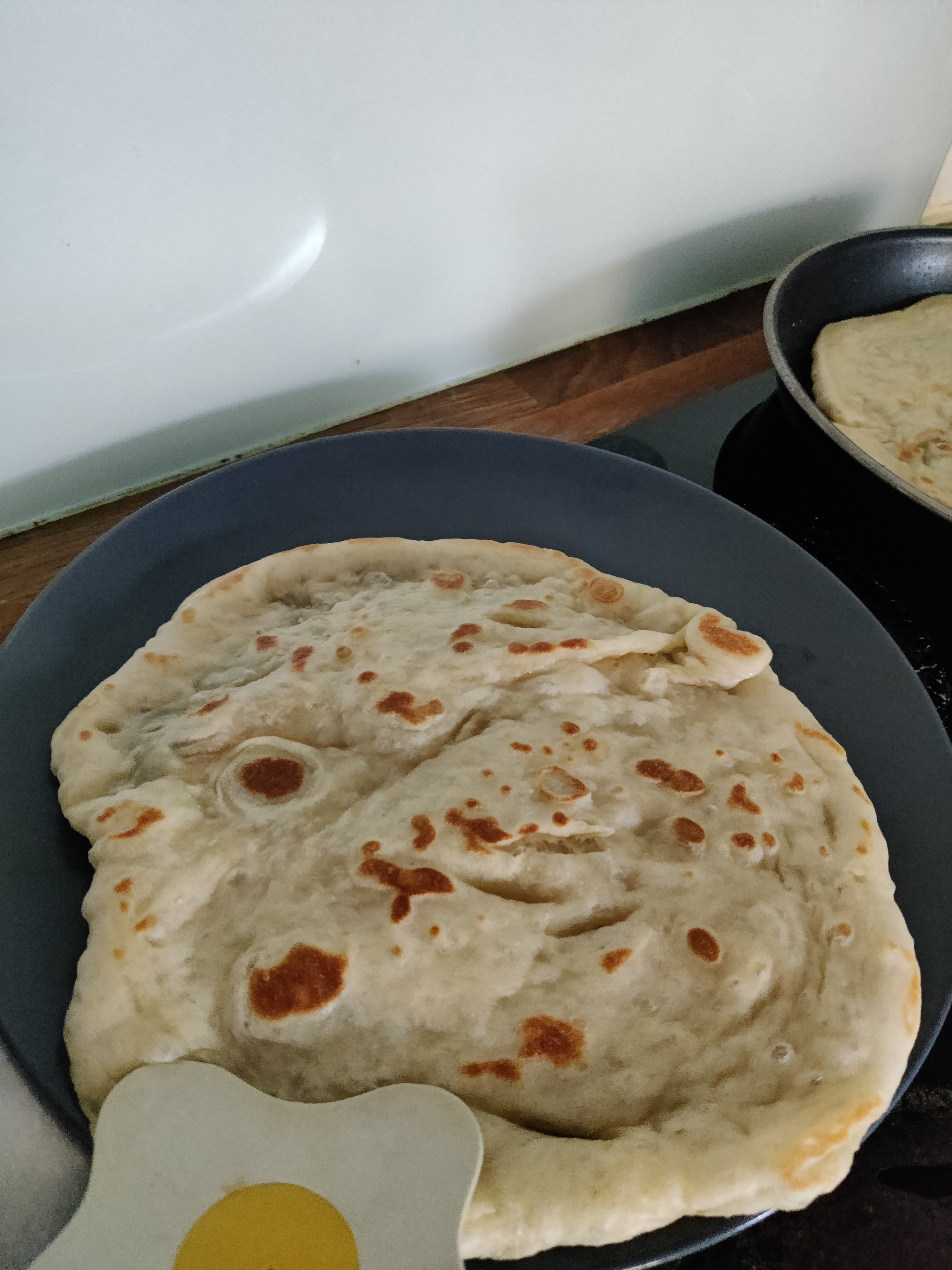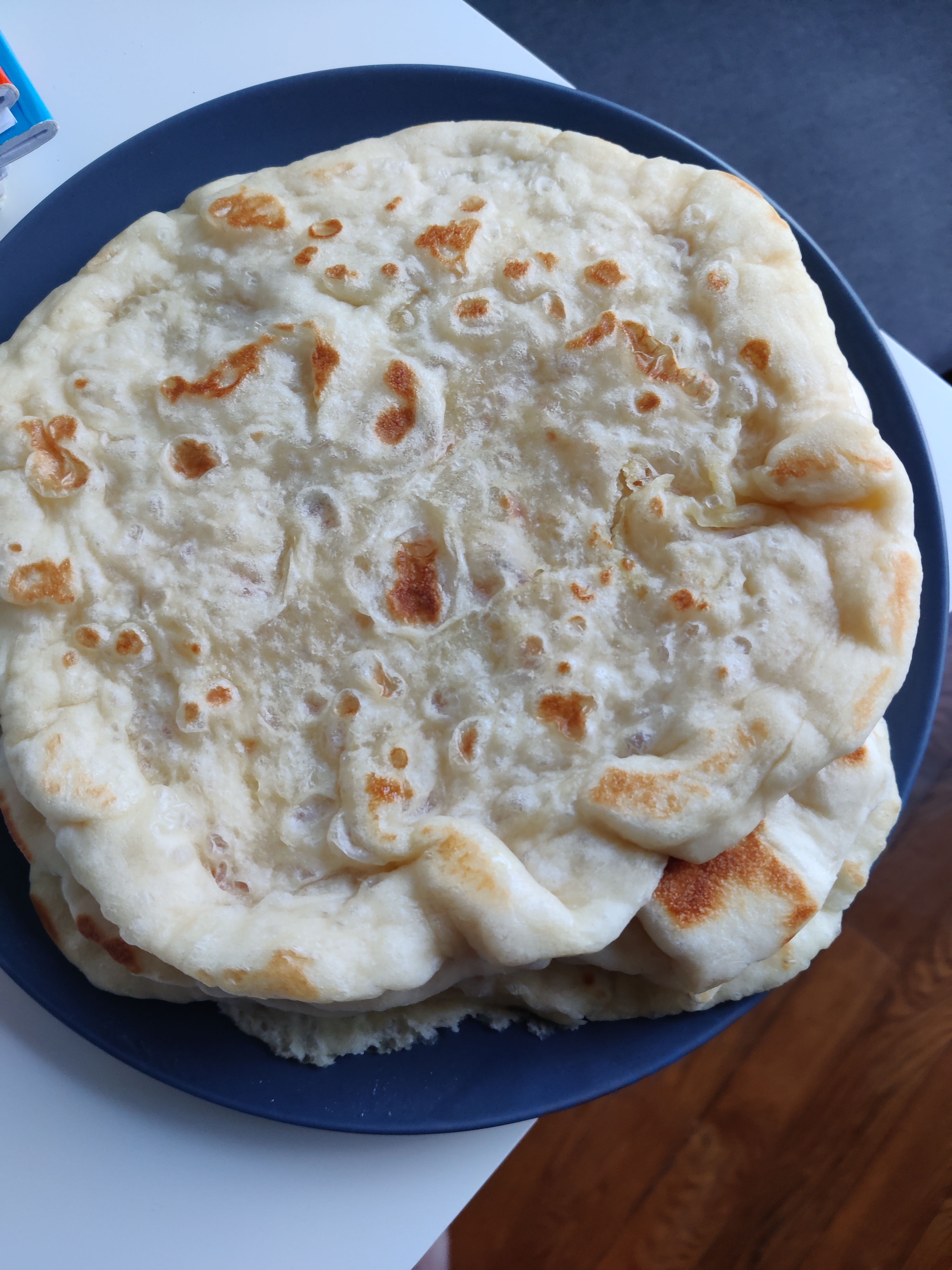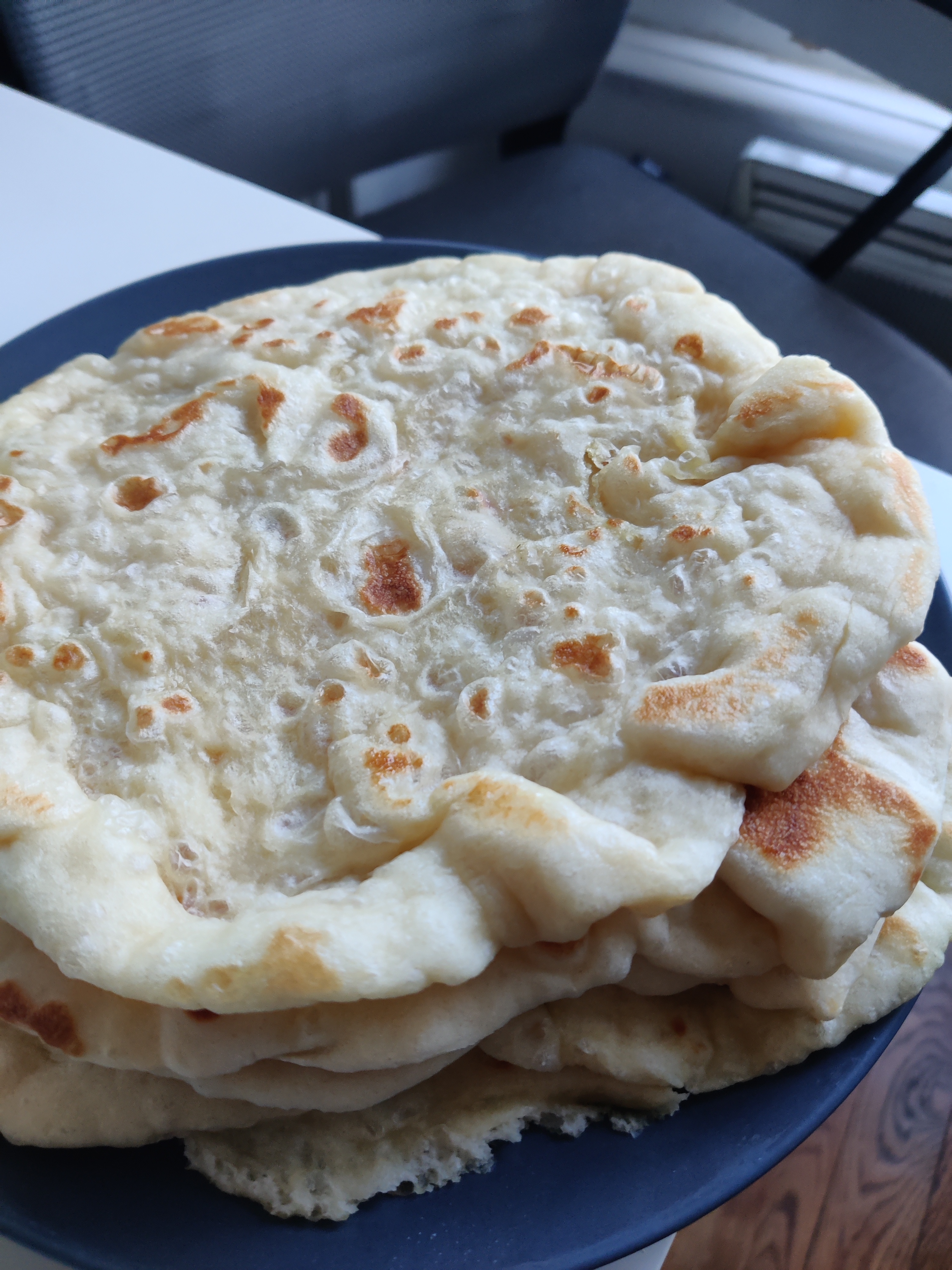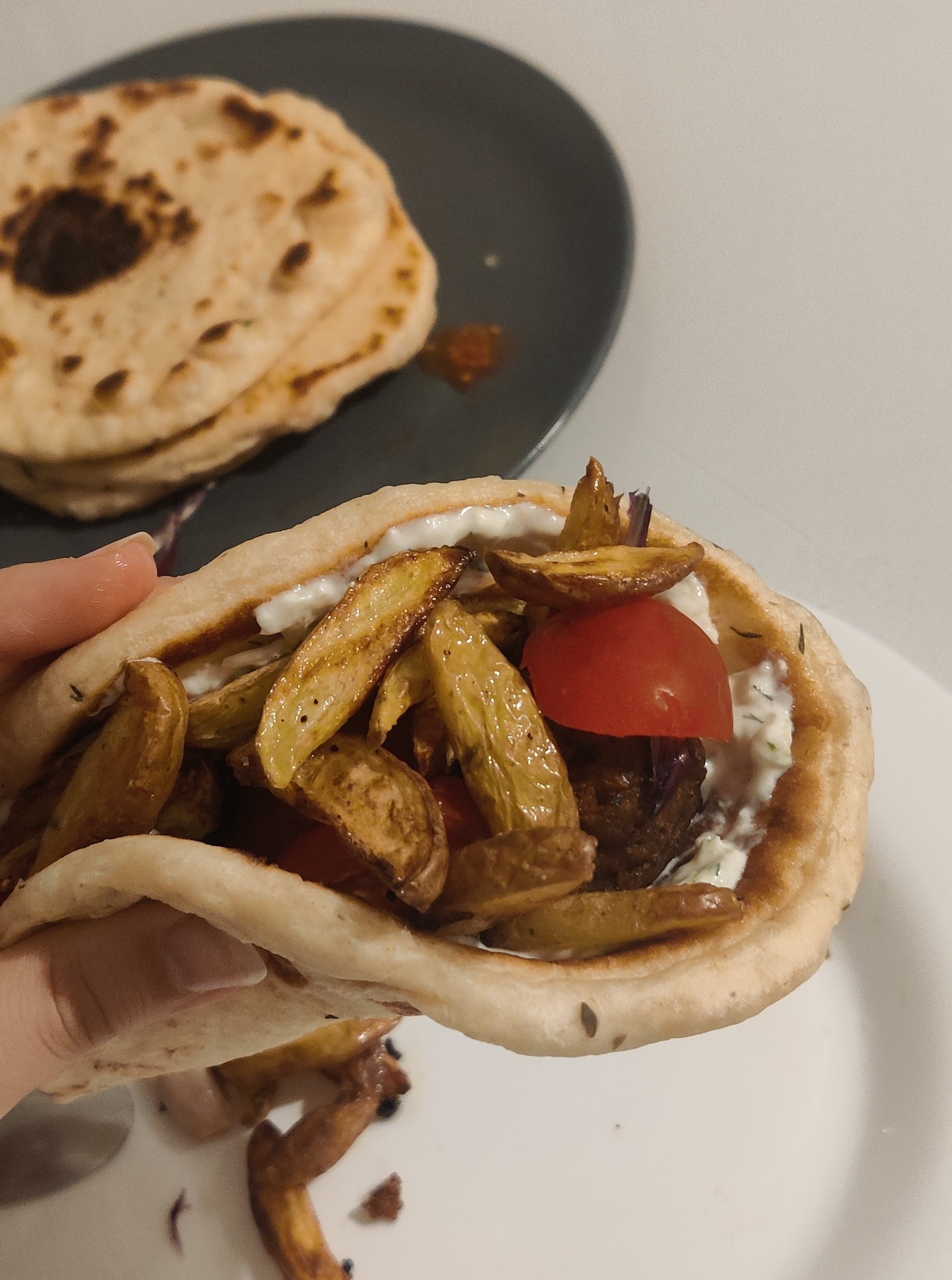spring and greek pita
When the shy, gentle sun of spring finally grazed the windows of my living room — in that intimate space that was my apartment in Lyon. It was Saturday, and Saturday calls for slowness. Just like this sun, entering and warming, softly. These are the kind of beautiful days that feel wasted if you don’t step out to explore that little corner of the world you know.
On sunny Saturday mornings, I love going to the market in Lyon’s 6th arrondissement. In fact, I go every week. I love the idea of buying directly from farmers, choosing local and organic as much as possible. I also love the energy of markets, their simplicity. I’ve seen so many looks exchanged that spoke of care, patience, and the kind of kindness that says, “Put in a bit more, tomorrow’s Sunday and my grandkids are coming.”
I’ve always appreciated simple gestures — and I think I’m even more grateful now for being able to notice them. A stroll through the market, a stop by the bakery, a quick dash into the local organic shop for a couple of last things. Then back home. The sun had filled me up so much that I was left hungry for lunch: What should I cook now? I check the time, do a bit of mental math. I’ll eat late — but I already know what I want.
At the market, I picked up some fresh thyme. I think it might just be one of the spices of the gods. And it’s no coincidence, I’m sure, that it’s one of the key ingredients in Greek pita bread. Now, Italians can be as proud as they like of their cuisine (and I say that as an Italian myself), but to me, nothing beats the food of the Eastern Mediterranean. Where do I sign to make it part of UNESCO’s heritage?
Greek cuisine, especially, has always tasted like home to me. Maybe because I’m originally from southern Italy, and I’d like to think that over the centuries, a few drops of Greek blood have made it down this way. One of my dreams is to visit Greece — not just geographically, but in the vastness of what it represents to me.
Greek pita, compared to other Middle Eastern flatbreads, has something extra. It’s thicker, softer, but with a light crisp here and there. Naturally, I started binge-watching video after video — in Greek, of course — in search of the most authentic recipe possible.
The one I found calls for flour, fresh yeast, milk, olive oil, salt, and the food of the gods: fresh thyme. About an hour to rise, then rolled out onto a thin layer of oil and cooked in a skillet with a generous drizzle of olive oil. Watching the bubbles form lifts your heart a little, too.



I could eat them endlessly, just like that — fresh off the pan, nothing else needed. But I’ll admit, paired with tzatziki, hummus, olive tapenade, and some raw veggie sticks, they brought me actual joy, as I sprawled out in the sun on my armchair.
There were also times I wanted to go all out — air-fried rosemary and garlic potato wedges, grilled halloumi, a splash of lemon, all wrapped in that magical pita with cucumber, tomatoes, and tzatziki.
Happiness is a flavor. This one, for me.
